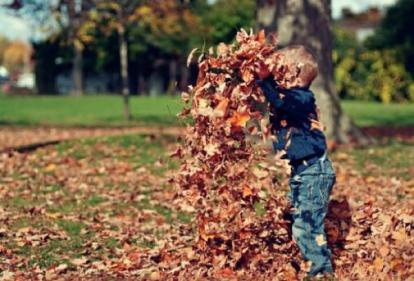Remember, when your child was a baby and you could have sworn that her arms grew overnight while she was asleep? Your child’s doctor will monitor growth and weight at check-ups to make sure that her size is proportionate and healthy.
Growth is seldom steady and even and tends to happen in spurts. Signs of a growth spurt in progress include:
- Your child may seem hungrier than usual or be eat more at a sitting
- Your child may sleep longer at night or take a longer nap during the day
- Your child may be crankier or clingier than usual, even though she isn’t ill.
It’s probably not a good idea to give a lot of weight to growth spurts justifying behavioural changes over the long term. However, it should be an element to keep in mind.
Most often, a parent will notice a child’s growth spurt after it’s already happened. You may notice the ballet shoes that she wore last week to her class only to find this week that they are pinching her feet.
Growing pains:
Growing pains are somewhat controversial as there is no medical evidence that links them to growing muscles or bones. Growing pains refer to dull aches in the legs, especially around the calves, knees and front of the thighs.
It is possible that growing muscles could feel tight and spasm after a lot of activity. Growing pains are said to be common in the primary school years. They are experienced by 10 to 20 percent of kids, beginning around age 3 and peaking around ages 8 to 12. They’re slightly more common in girls.The pain may wake a child up in the middle of the night. These pains frequently occur after days of vigorous outside play.
They can be treated with warm compresses, massage or gentle stretching. If the pain is severe for more than 24 hours, report it to your child’s doctor so he can rule out other causes, including juvenile arthritis, infection, fractures, or other orthopaedic problems.





